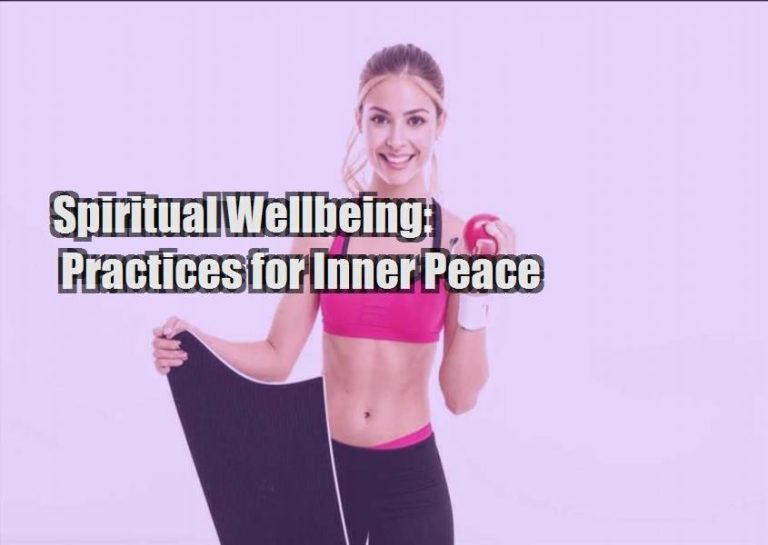Introduction
Pilates, a mind-body exercise method developed by Joseph Pilates, has gained immense popularity for its focus on core strength and overall well-being. This holistic approach not only strengthens the body but also promotes mind-body connection, improving posture, flexibility, and balance.
Benefits of Pilates for Core Strength
Improved Posture
Pilates exercises emphasize maintaining a neutral spine, aligning the body correctly. By strengthening the core muscles, it helps improve posture, reducing back pain and preventing slouching.
Enhanced Stability and Balance
The core muscles act as stabilizers, providing support to the spine and pelvis. Pilates exercises strengthen these muscles, improving overall balance and stability, reducing the risk of falls.
Reduced Back Pain
Weak core muscles can contribute to back pain. Pilates strengthens the core, providing support to the spine and relieving pressure on the lower back.
Improved Athletic Performance
A strong core is essential for various sports. Pilates exercises enhance core stability, power, and endurance, improving athletic performance in activities like running, cycling, and tennis.
Enhanced Body Awareness
Pilates emphasizes mindful movement, encouraging practitioners to pay attention to their bodies and align their movements correctly. This improves body awareness, preventing injuries and promoting overall well-being.
Pilates Exercises for Core Strength
The Hundred
Lie on your back with your legs extended and arms by your side. Inhale and lift your head and shoulders off the floor, simultaneously extending your arms and legs. Exhale and lower your arms and legs, keeping your core engaged throughout.
Roll-Up
Start by lying on your back with your knees bent and your feet flat on the floor. Inhale and engage your core, rolling up until you reach a seated position. Exhale and slowly lower back to the starting position.
Bird Dog
Start on your hands and knees. Extend your right arm forward and your left leg backward. Hold for a few seconds, then switch sides. This exercise strengthens the core, improves balance, and increases spine stability.
Mind-Body Connection in Pilates
Pilates emphasizes the mind-body connection, promoting mindfulness and focusing on the present moment. By focusing on proper breathing techniques and precise movements, practitioners develop a better understanding of their bodies and enhance their overall well-being.
Breath Control
Controlled breathing is integral to Pilates, helping to stabilize the core and reduce tension. Practitioners are taught to inhale during the preparatory movements and exhale during the power phase, promoting coordination and relaxation.
Mindful Movement
Pilates exercises are performed with intention and precision, encouraging practitioners to engage their minds and focus on the correct execution of movements. This improves body awareness and promotes a sense of control and connection.
Stress Reduction
The combination of controlled breathing, mindful movement, and improved body awareness in Pilates has been shown to reduce stress and anxiety. Engaging in Pilates can promote relaxation, improve sleep quality, and enhance overall mental well-being.
Conclusion
Pilates is an effective and holistic approach to strengthening the core and promoting overall well-being. Its emphasis on mind-body connection enhances posture, stability, balance, and athletic performance while reducing stress and anxiety. By incorporating Pilates exercises into a regular fitness routine, individuals can reap its numerous benefits and live a healthier, more balanced life.







